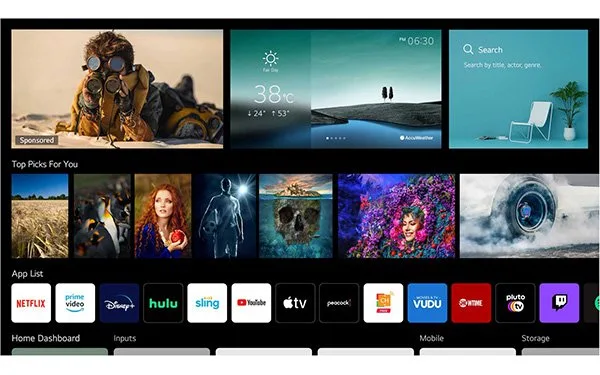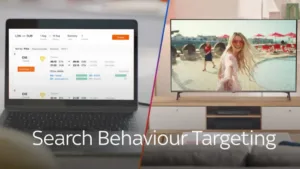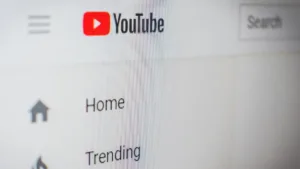by Serge Matta, Head of Commercial at LG Ads Solutions
Imagine that you are finally closing your laptop after a long day of work. You walk over to your couch, sit down, grab your remote to turn on your connected TV (CTV). The screen turns on and you see the various TV apps. How long does it take you to decide which app to open? However long it is – probably 30 seconds to a minute – is exactly the amount of time most advertisers have to reach you on your TV before you jump into a Netflix or Hulu.
By next year, 83% of American homes will have at least one connected TV, and cord-cutter and cord-never households are expected to increase to 44 percent of the population during the same period, making connected TVs an even more important device for reaching TV viewers. With this rise of CTV, we’re witnessing the elevation of the big screen to be a primary screen serving as the center of the connected living room. And the way CTV works presents an important opportunity for brands to reach consumers at the beginning of their TV watching journey.
The New Viewer Journey
First, we need to outline how CTV has transformed the viewer’s journey. With traditional TV, consumers turned it on and saw the last channel they were watching. There simply wasn’t an opportunity for advertisers to reach them before choosing content. The only way for a brand or advertiser to communicate with a consumer was to buy a :15 or :30 second spot on the channel, hoping that the network’s forecast was accurate and that the consumer they wanted to reach was viewing that channel at that time. Today, largely through innovations of smart TV makers like LG and others, CTV is a pick-your-own adventure for consumers: the home screen is the starting point. Consumers choose what apps they want to download and they arrange them on their home screen as they wish. As such, the home screen is now the center of the CTV experience where consumers choose their journey by going directly into an app, searching for specific content, finding recommendations, or even viewing a video trailer.
The Fragmentation Hurdle
Before we dive into the opportunity for brands, we need to understand why this opportunity is so important. Today there are hundreds of video apps across transactional (TVOD), subscription (SVOD) and ad-supported video on-demand (AVOD) or the bigger category that has everyone’s attention – free ad-supported TV streaming (FAST). With these different business models, hundreds of devices, and a complicated web of TV rights between networks and studios, measuring who is watching what is more complicated than ever before. This fragmentation amongst the plethora of apps, platforms and devices makes it very difficult for advertisers to gain a holistic view of audiences across TV content and screens. These compounding problems also lead to poor ad frequency management, resulting in a bad experience for consumers who see repetitive video ads over and over again, and, ultimately, wasted money for brands. Targeting the audience helps brands avoid these issues.
Advertisers Need to Adjust
With the home screen, advertisers have an opportunity to both precisely target viewers and catch their attention before the user clicks through to view an app. So what are the best approaches for brands and agencies that want to meet viewers on the homescreen?
- Static banner meets TV: Use a traditional banner ad that is colorful and purposeful to grab attention right from the start.
- Use content to enhance your brand: Pair brands with exclusive content enables messaging to be enhanced.
- Win attention: Consider using native takeovers to stand out on the screen. The use of native ads, optimized towards the Hero unit and content store placements, encourage viewers to easily click through the ad unit.
- Second-screen experiences: Drive viewers to a mobile phone or other device to find a nearby location, get more details or sign up for services or emails.
CTV is the future of TV. More and more audiences, especially cord cutters and cord nevers are turning to TV streaming and are unreachable through traditional linear TV. Advertisers have to adjust to the differences. Consumer behavior isn’t linear, it’s fragmented and therefore can quickly go in a myriad of different directions. It’s time to start thinking differently about how to message that user knowing there is one instance to engage them before they jump into an app, and get lost in a complicated siloed environment. What are you going to change with your CTV strategy? And who will you partner with to make the most of your opportunity?









